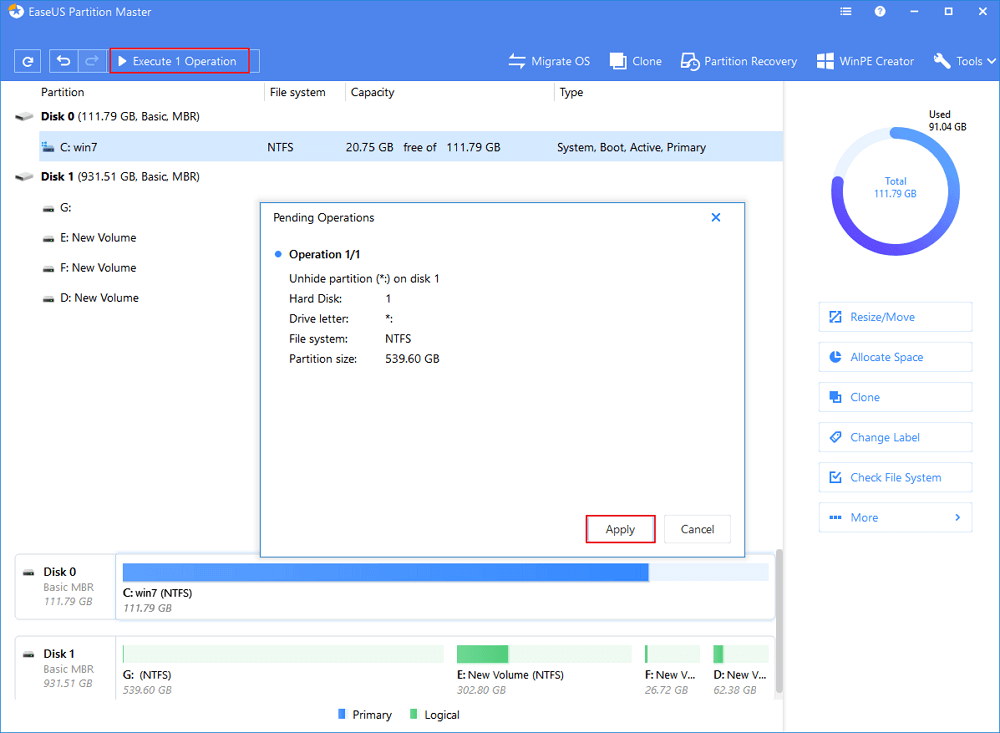

Strings could be delimited by single or double quotes. INPUT allowed a prompt string to be specified, but used the semicolon to separate it rather than the comma INPUT "WHAT IS THE VALUE" A. The PRINT command divided the screen into regions 14 spaces wide, and the comma was used to move between these locations PRINT 1,2,3 would output 1, 2 and 3 in a spaced-out fashion, while PRINT 1 2 3 would leave a single space and produce "1 2 3". Comments used either the REM keyword or the ! character, as opposed to MS BASICs, which used REM and '. The system allowed tabs to be used as inline whitespace, and was used to make loops more clear, as in modern languages. Multiple statements could be placed on a single line using : as the statement separator. For ease of external editing of the source file, later versions of BASIC-PLUS also allowed the & character as a line continuation character.
#Purebasic hide window code#
Logical lines of code could be continued on multiple physical lines by using a line feed at the end of a line instead of the normal carriage return character. Line numbers were positive integers from 1 to 32767. On top of this, DEC added a number of unique flow-control structures. To conserve memory, the system included a garbage collecting memory manager, used for both string data and byte-code.Ī running program could be interrupted, have variables examined and modified, and then be resumed.īASIC-PLUS is patterned closely on later versions of Dartmouth BASIC, including its powerful MAT commands. Disk files could also be used but were slower. The use of a shared memory section called core common also allowed programs to pass data to each other as needed.

This feature of chaining to a certain line number allowed programs to signal to each other that they were being called from another program. Large programs were broken up into various pieces by use of the CHAIN statement, and programs could chain to specific line numbers in a secondary program to indicate that a program should begin execution at a different point from its first line. This limited user programs to about 32 kB of memory. Using BASIC-PLUS, about half of this virtual address space was used by the combined command interpreter and run-time library (named the Run Time System on RSTS/E). The virtual address space of an RSTS/E user was limited to a little less than 64KB of space.

A line of code could be removed by typing in its line number and nothing else, thereby setting it to an empty line. The code was edited by typing in the number and then changing the contents of the following code. Errors in source code were reported to the user immediately after the line was typed.Īs a smart terminal with cursor control could not be guaranteed, BASIC-PLUS used the common system of prefixing all source code with a line number. The statements could either be entered into the system's command interpreter directly, or entered into a text editor, saved to a file, and loaded into the command interpreter from the file. Users would sit at a terminal and type in programming language statements.
#Purebasic hide window series#
BASIC-PLUS is an extended dialect of the BASIC programming language that was developed by Digital Equipment Corporation (DEC) for use on its RSTS/E time-sharing operating system for the PDP-11 series of 16-bit minicomputers in the early 1970s through the 1980s.īASIC-PLUS was based on BASIC-8 for the TSS/8, itself based very closely on the original Dartmouth BASIC.


 0 kommentar(er)
0 kommentar(er)
